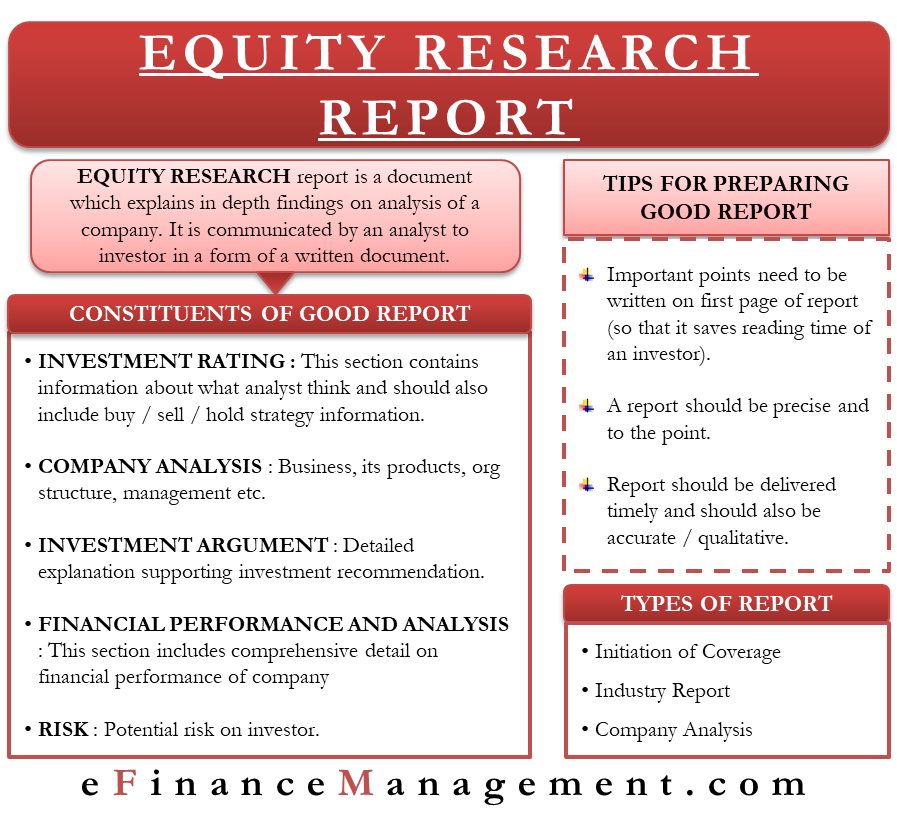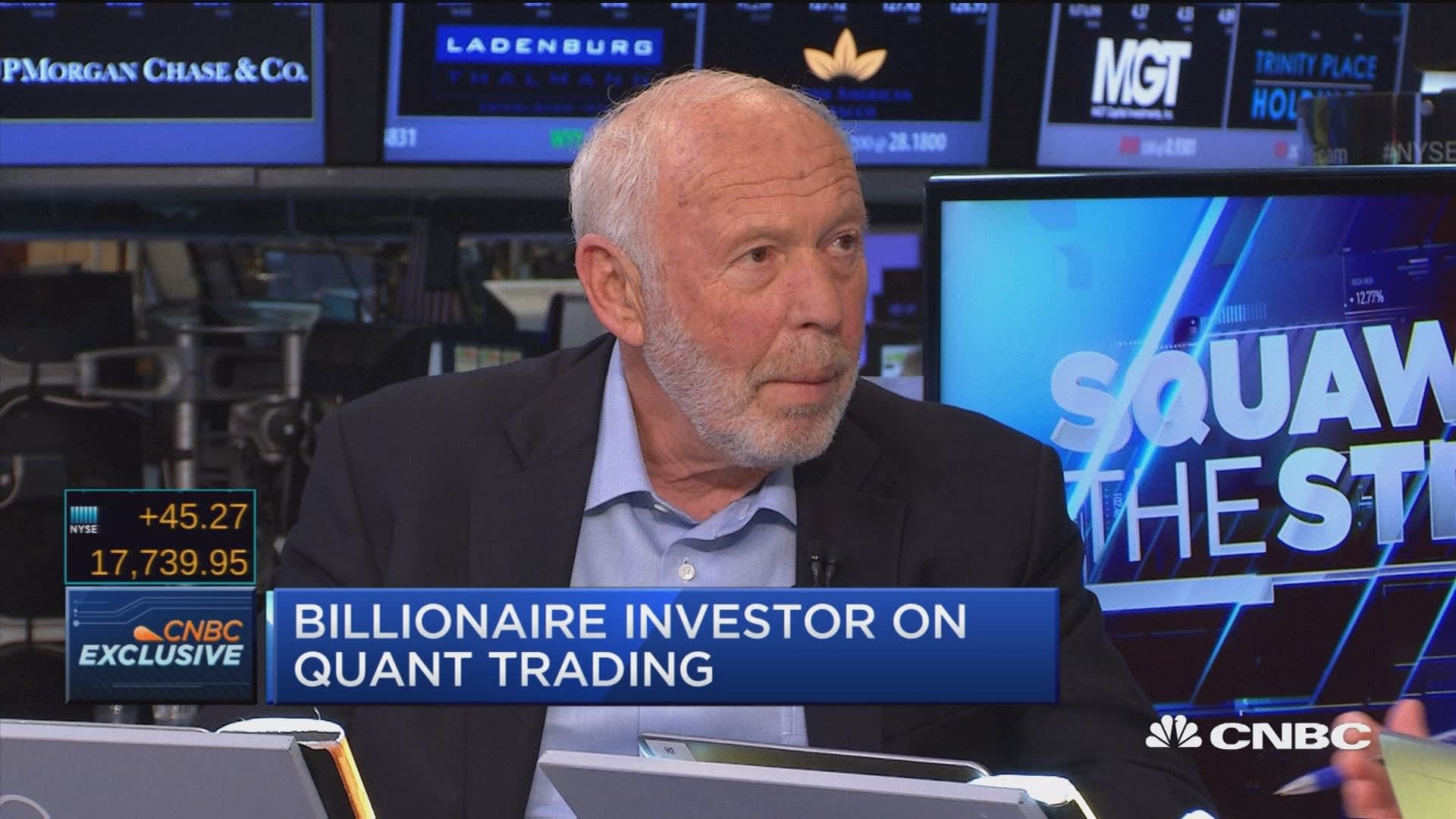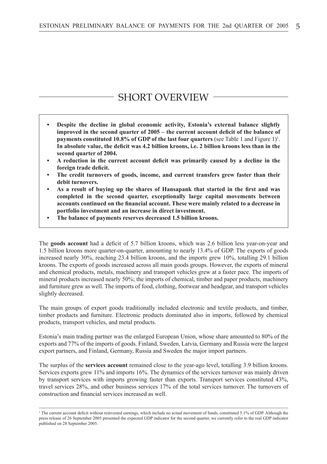Contents:
It helps the internal financial management to find out the possibility of retiring long term debt. The various uses and importance of cash flow analysis can be briefly explained below. The management can take many decisions with regard to short term finance.
Further cash payments made in connection with the ‘Capitalised Research and Development Costs’ and ‘Self-Constructed Fixed Assets’ are also considered as Cash Flows’ arising from ‘Investing Activities. The entire focus of Cash Flow Statement is exclusively on the ‘Inflows’ and ‘Outflows of cash. Non-Cash Transactions’ like purchase of buildings by issuing shares/debentures to the vendors or issue of bonus shares are out of its purview. 3) It is helpful in assessing the changes in ‘Cash Position’ between ‘Profit & Loss Account’ and ‘Balance Sheet’ items of two consecutive accounting periods.
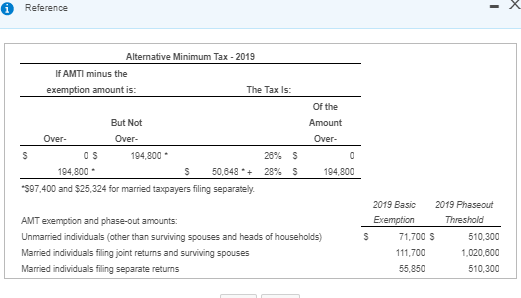
Poor cash flow is sometimes the result of a company’s decision to expand its business at a certain point in time, which would be a good thing for the future. This financial statement complements the balance sheet and the income statement. Businesses take in money from sales as revenues and spend money on expenses. They may also receive income from interest, investments, royalties, and licensing agreements and sell products on credit, expecting to actually receive the cash owed at a late date. It can be interpreted only when it is in confirmation with other financial statements and other analytical tools like ratio analysis.
IAS 7 Statement of Cash Flows requires an entity to present a statement of cash flows as an integral part of its primary financial statements. The cash flow statement measures the performance of a company over a period of time. But it is not as easily manipulated by the timing of non-cash transactions. As noted above, the CFS can be derived from the income statement and the balance sheet. Net earnings from the income statement are the figure from which the information on the CFS is deduced.
Cash Flow Statement (CFS)
The separate disclosure of cash flows arising from financing activities is important because it is useful in predicting claims on future cash flows by providers of funds to the enterprise. The cash flow statement will only consider the increase or decrease in current assets and current’ liabilities in calculating the cash flow of funds from operations. The purpose of a cash flow statement is to record both cash inflow and outflow of a firm and account for them accordingly. Also, it helps to formulate a cash budget and enables to assess of net changes in cash flow.
Sometimes, the business may liquidate the valuable assets when it is not able to earn revenue. The investors should look for and should be able to analyse such negative circumstances. Thus, the purposes and uses of the statement of cash flows is to help identify such alarming situations.
Hence, a statement showing flows of cash & cash equivalent during a specified time period is known as a Cash Flow Statement. (Here, ‘cash’ means cash & cash equivalent) Hence, one can prepare a cash flow statement if the two comparative balance sheets of a company are given. This is the reason why a cash flow statement is also known as Statement of Changes in Financial Position – Cash Basis, or a Funds Flow Statement – Cash Basis. The statement of cash flows is one of the three key financial statements. The cash flow statement reports the cash generated and spent during a specific period of time (e.g., a month, quarter, or year).
Liquidity Of The FirmLiquidity is the ease of converting assets or securities into cash. She holds a Bachelor of Science in Finance degree from Bridgewater State University and helps develop content strategies for financial brands. Full BioAmy is an ACA and the CEO and founder of OnPoint Learning, a financial training company delivering training to financial professionals. She has nearly two decades of experience in the financial industry and as a financial instructor for industry professionals and individuals. Showing recent items.Search or use up and down arrow keys to select an item.
It is prepared from analysis of cash transactions, or it converts the financial transactions prepared under accrual basis to cash basis. ‘Cash Flow’ from the Operating Activities’ forms the major position of the ‘Total Cash Flows’ and its source is from the core Income Generating Activity of the enterprise. Information with regard to the level of ‘Cash Flows’ from a https://1investing.in/ specific category may be very useful, along with certain other information, in predicting future ‘Operating Cash Flows’. Difference between both the sides of cash flow statement is the closing balance of cash. Funds Flow Statement can be prepared with the help of cash flow statement. There is opening balance of cash in hand in the preparation of fund flow statement.
To improve the comparability of different firms’ operating performance by eliminating the effects of different accounting methods. Cash flow is the movement of money into and out of your company, and it can be affected by several noncash transactions. It can be used for appraisal of various capital investment projects just to determine their viability and profitability. We know the value of your time and strive hard to deliver the best and invest in it with precision. Vedantu LIVE Online Master Classes is cemented by rigorous hard work of Master Teachers, complemented by the best study material along with FREE Books Solutions of NCERT, RD Sharma, RS Agarwal and HC Verma. There are three types of information used for the financial statement obtained from the SCF.
Cash flow from financing is the final section, which provides an overview of cash used from debt and equity. Financial statements offer analysts and investors a clear picture of all transactions of a business and which transactions contribute to its success. Cash is a legal tender in hand or in a bank in the form of notes and coins. Negotiable instruments, prize bond, bank pay order, un-deposited check, postal order and bank draft are all considered cash.
WAVE platform encourages your Online engagement with the Master Teachers. Revision notes and formula sheets are shared with you, for grasping the toughest concepts. Assignments, Regular Homeworks, Subjective & Objective Tests promote your regular practice of the topics.

Determine if the company’s core operations are self-sufficient and have solid long-term growth potential with the help of the cash flow statement. Due to its clarity, a cash flow statement is a vital document that authorities and investors demand. These are required and closely watched by regulators to ensure that the investor’s money is safe. If the detection of any financial fraud happens in the initial stages, it removes any catastrophic events in the future.
Cash Flow Statement | Objectives | Advantages & Importance
These activities, even though non-core, have a significant effect on the current and future cash flows of the firm. Such disclosure helps understand the liquidity status of the business through its financial statements. This is useful in interpreting if the firm’s core business is self-sustainable and has long-term growth prospects. Because of its clarity, a cash flow statement is considered an important document demanded by regulators and investors. Thus, it gives a true picture about the financial condition of the business. Before we see what a statement of cash flows includes, we’ll have to clearly understand how cash flow differs from net profit.
Investortonight a wide range of articles, tutorials, and videos on these topics, including entrepreneurship, personal finance, leadership, strategy, and investing.
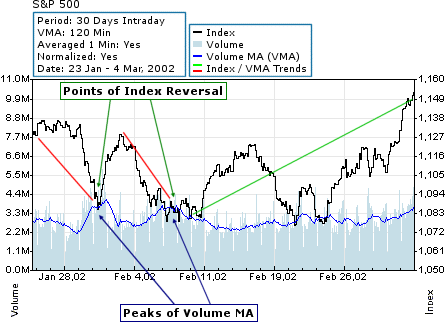
Cash Flow Statement, no doubt, helps the management to make a cash forecast for the near future. A projected Cash Flow Statement helps the management about the cash position which is the basis for all operations and, thus, the management sees light relating to cash position, viz. How much cash is needed for a specific purpose, sources of internal and external issues etc. It helps the financial manager to make a cash flow projection for immediate future taking the data, relating to cash from the past records.
What is cash outflow?
It also includes all cash outflows that pay for business activities and investments during a given period. The cash flow statement of an organisation shows whether or not this policy/rule has been followed by the management. The movement of cash & cash objectives of cash flow statement equivalents or inflow and outflow of cash is known as Cash Flow. Cash inflows are the transactions that result in an increase in cash & cash equivalents; whereas, cash outflows are the transactions that result in a reduction in cash & cash equivalents.
- Managers must be aware of its importance and be effective in analyzing it for both short- and long-term benefits.
- We also allow you to split your payment across 2 separate credit card transactions or send a payment link email to another person on your behalf.
- Therefore, the cash flow statement is considered an important element of the financial statement.
- Changes made in cash, accounts receivable, depreciation, inventory, and accounts payable are generally reflected in cash from operations.
- Our writing and editorial staff are a team of experts holding advanced financial designations and have written for most major financial media publications.
As a cash flow statement is based on cash basis of accounting, it helps in the evaluation of the cash position of an organisation. Cash flow statement helps to identify the sources from where cash inflows have arisen and where in the cash was utilized within a particular period. A personal cash flow statement is a valuable tool to help you understand where your money is going and how you can better manage it to grow your net worth. Generally speaking, money habits that improve your financial health also tend to improve your credit.
What are the classifications of cash flows?
The cash flow statement is an important and necessary example of cash management. Since the cash flow statement is prepared by cash records, it is very important in the evaluation of the cash position of a business concern. The cash flow statement is recognized as an indispensable part of the financial statements for its characteristics. Positive cash flow indicates that a company has more money flowing into the business than out of it over a specified period. This is an ideal situation to be in because having an excess of cash allows the company to reinvest in itself and its shareholders, settle debt payments, and find new ways to grow the business.
Cash flow from financing activities is a section of a company’s cash flow statement, which shows the net flows of cash used to fund the company. The cash flow statement complements the balance sheet and income statement and is a mandatory part of a public company’s financial reporting requirements since 1987. The three types of cash flows are operating cash flows, cash flows from investments, and cash flows from financing.
Analysis of such ‘Inflows’ and ‘Outflows’ is necessitated for short-range business activities. The purpose of preparing a cash flow statement is to focus on financial numbers and how these numbers have been achieved. There might be a case where the cash flow numbers look promising but are only one time and might not repeat in the future. Cash Flow StatementA Statement of Cash Flow is an accounting document that tracks the incoming and outgoing cash and cash equivalents from a business.
